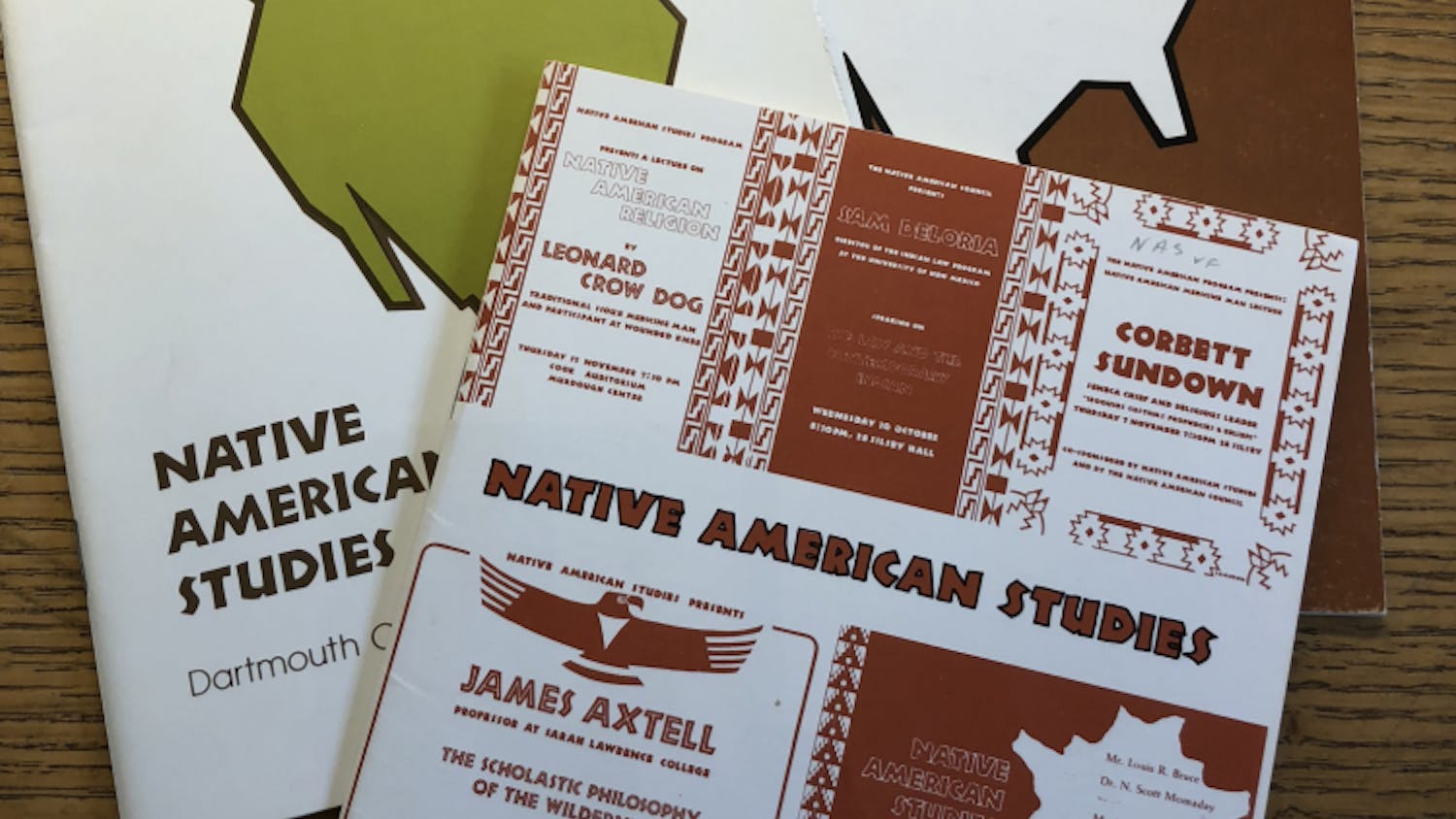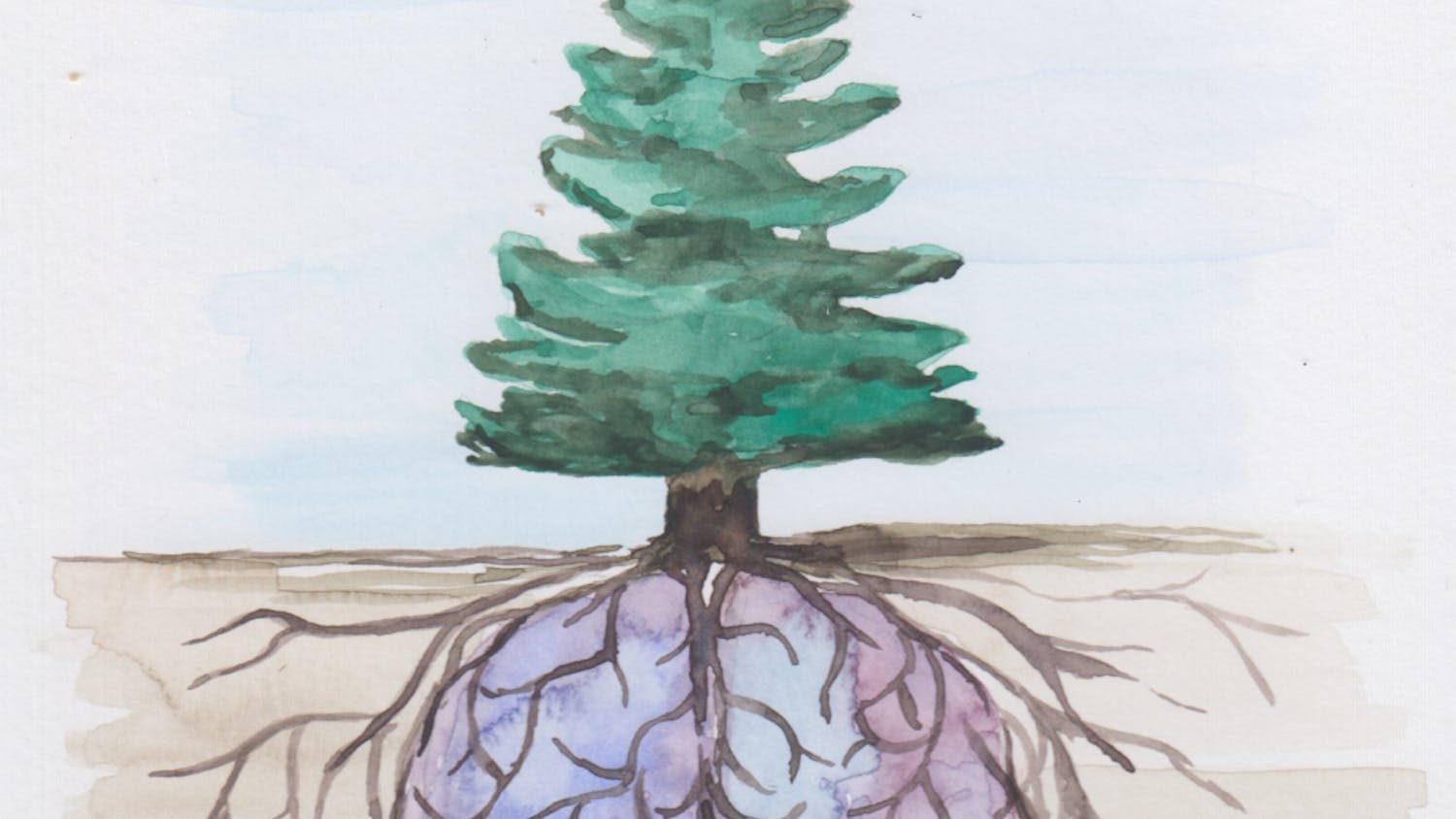The granite of New Hampshire doesn’t exactly call to mind beaches, breaks and surfboards. Some of the most common reactions to the words “Dartmouth Surfing Club” is “How?” And yet there are those who know better.
Among them are Max Bond ’20, Hinun Crespin ’20, Hannah Nash ’18 and Sheppard Somers ’19. The surfing club took its first steps in the spring of 2017, when the four decided there was enough interest to form a community of surfers at Dartmouth. While surfing might not be the first thing that comes to mind when considering activities near Hanover, a two-hour drive from campus will take you to a coastline littered with breaks like North Hampton, Rye Rocks, and the Wall. Transportation and gasoline, however, still stood between students and the waves.
“You’d be surprised how many people at Dartmouth surf but don’t express it,”Bond said. “The people that are surfers usually come from Hawaii or California … They don’t have cars out here, so it’s hard for them to go surfing.”
Bond and the other founders of the club were already heavily involved in the Dartmouth Outing Club and had seen the extensive resources the Outdoor Programs Office could provide. As funding and transport were impediments to many students’ surfing, they set their sights on becoming a DOC sub-club.
“Once people realize how much they can tap into [with the DOC], they start to realize the opportunities,” said Bond. “Me, [Somers] and [Crespin] sort of realized, ‘Wow, if we started a surf club, we could be leading break trips to California, Hawaii, all around the world, to go surfing, and the DOC would pay for it.’”
Their first challenge was proving there was a desire and a need for a surfing club.
The founders had interested students sign a petition attesting that they would attend surfing club events. At their first few meetings, leaders in the club had to take and report attendance as proof of an active and invested member base. By Bond’s memory, attendance of the club’s very first meeting exceeded 20 hopeful surfers.
But interest itself wasn’t quite enough. Bond, Somers and Nash had to prove that surfing was distinct enough to justify an independent club. Early in the process, according to Bond, they were told to join Ledyard, Dartmouth’s canoeing and kayaking club. It was only after discussion with OPO that it was agreed the two water sports should be separated, Bond said.
“I think that there are similarities, and it’s not necessarily true that it makes no sense for them to be combined,” Somers said. Ledyard is a large, established club, he added, with resources and endowments, “but the way the DOC was going at the time, it didn’t make sense.”
While the surfing club was in its infancy, there were several new branches shooting off from the DOC. In 2015, club Nordic split off from the winter sports club, and in 2016 the climbing team similarly diverged from the mountaineering club. This trend continues now — Bond speculates it has made OPO leerier of granting new interest groups independence. The more divided the DOC becomes, the more its funding will be scattered between sub-clubs, watering down the club’s financial power.
Clubs such as Ledyard that had already been around for nearly a hundred years in 2017 might not have made it through the same gauntlet the surfing club had to run, particularly when it came to the next challenge they faced: risk management.
“They were on us about everything,” Bond said. “Like, everything. They were concerned about shark attacks! ... Every time I’ve gone surfing here, I’ve never been concerned about sharks.”
According to Bond, the surfers were also required to demonstrate their knowledge and surfing ability in order to prove they were qualified to supervise trips and train new leaders. The whole process took several terms, but they ultimately made it to approval. As for that same historic club they were originally told to join, Bond said he doubts the same could have been said.
“If they were starting now, I don’t think Ledyard would even become a club,” Bond said. “I don’t think whitewater kayaking would make it through risk management. It’s way too risky.”
After two years as an official division of the DOC, the surfing club has grown considerably, according to Bond. They are now large enough to run break trips and host feeds — club meals prepared and shared by members. To accommodate their new growth, Bond said club leadership has expanded and formalized.
As for the actual surfing, Crespin said that scheduled day trips have gone from several times a term to once or twice a week. This spring, the club has started river surfing on standing waves in white water rivers around Hanover, which helps bring the activity a little closer to home. In addition, Crespin said that their first break trip took eight surfers to California this winter.
A major club goal going forward is making surfing more accessible to beginners, as most current members arrived at Dartmouth already reasonably experienced. The club was first cleared to run beginner trips this fall, according to Somers, but they have to wait to run them until it is a safe temperature for inexperienced surfers. According to Bond, to start getting new people involved, the club needs more wetsuits in a wider variety of sizes, particularly in the spring when water temperatures are low. Additionally, the leaders of the club said that the club is still looking to increase its visibility, as a fair number of students still don’t know there is a Dartmouth surfing club.
Club president Hinun Crespin ’20 has been reaching out to group like Women in the Wilderness and People of Color Outdoors to try and arrange beginner lessons, going out in the next few weeks as the water warms. Newcomers are also strongly encouraged to go to club feeds.
“It’s really about reaching little niche clubs and seeing who would want to surf,” Crespin said. “There’s so many people here who don’t know that they can surf at Dartmouth, and it’s really good to branch out and kind of show people what we can do.”
Incorporating beginners into highly specialized and sometimes dangerous activities is a struggle faced by many DOC sub-clubs, and it’s one that takes time and resources to win. According to Bond, Ledyard and Dartmouth’s mountain biking club are examples of clubs that have been successful at attracting and teaching novices. With more time, leaders and gear, the surfing club may follow their lead. That surprise and bemusement often expressed at the words Dartmouth surfing club remains part of the reason they lack new membership.
“A lot of people just don’t realize that surfing exists everywhere,” Bond said, who himself learned to surf on Lake Erie in Ohio. “Anywhere there’s water, and enough fetch to create waves.”



